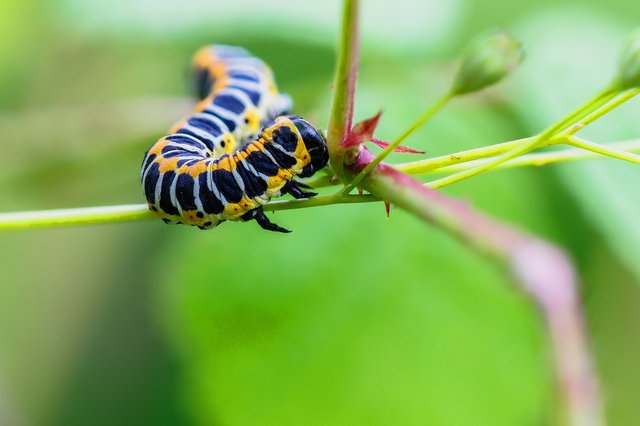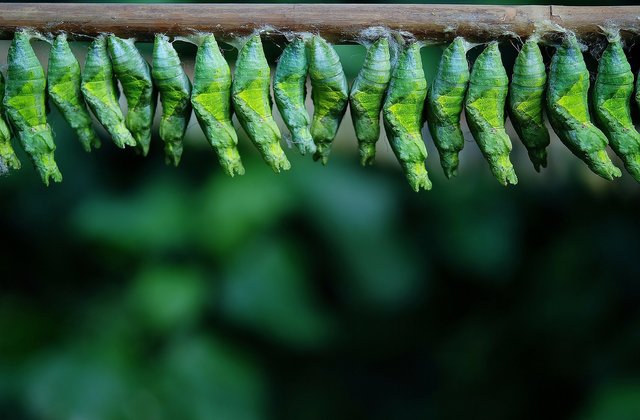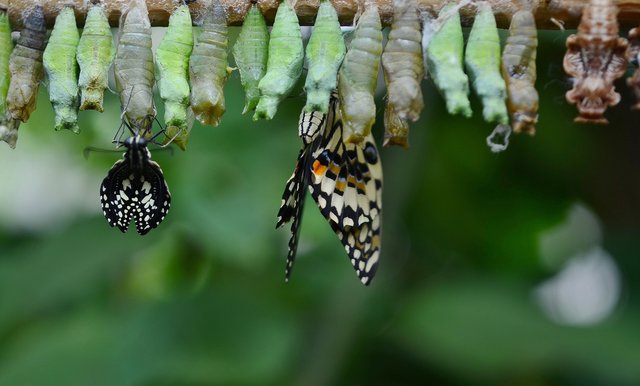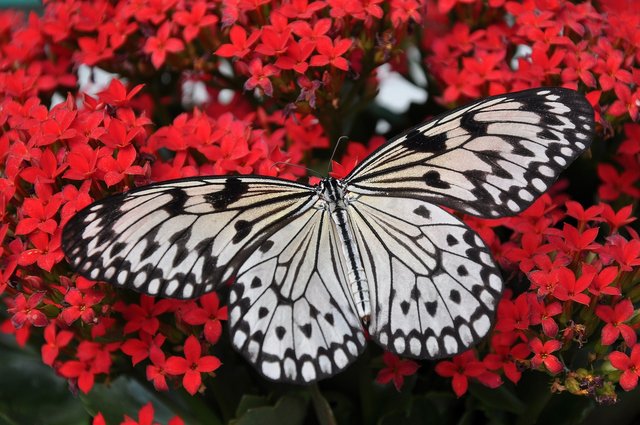Metamorphosis is one of the most fascinating phenomenons in nature - where an animal goes through generally a large scale and rapid change in body structure through changes on the cellular level, after birth. And one of the most well-known and highly studied examples is the metamorphosis of a caterpillar into a butterfly.

Caterpillars are simply the larval stage of butterflies (and moths), and their job in life is to eat and grow, a lot and quickly. And I don’t want to understate just how much and how quickly they grow; some can grow as much as 10,000-fold in weight in just 20 days, with many shedding their skin multiple times to accommodate the increase!
Eventually the caterpillar stops the feast and spins itself a cocoon or molts into a chrysalis. Inside these structures is where the magic happens - the larval stage underoes multiple processes or transformation, before re-entering the outside world as a butterfly or moth.
Inside, the caterpillars digest themselves by releasing digestive enzymes - literally becoming a ‘soup’ which can ooze out if the casing is cut (I really don’t recommend you try this).

But some groups of cells, known as imaginal discs, make it through this digestive stage in one piece!
These discs are made up of cells and they go on to develop into specific body parts - the wings, legs or antennae, for instance - of the adult organism.

These cells that go on to form actual parts of the adult, are contained within the larval stage, in this case the caterpillar, throughout their existence.
So in a way, the adult is always there, just lying dormant, almost like a seed waiting for the right conditions to start its process of becoming a tree.
Incredibly, in some species the discs begin to take the shape of adult body parts even before the caterpillar starts the process of changing into a butterfly.
This means that some caterpillars actually walk around with tiny rudimentary wings tucked inside their bodies even before they enter their intermediate chrysalis or cocoon stage!
